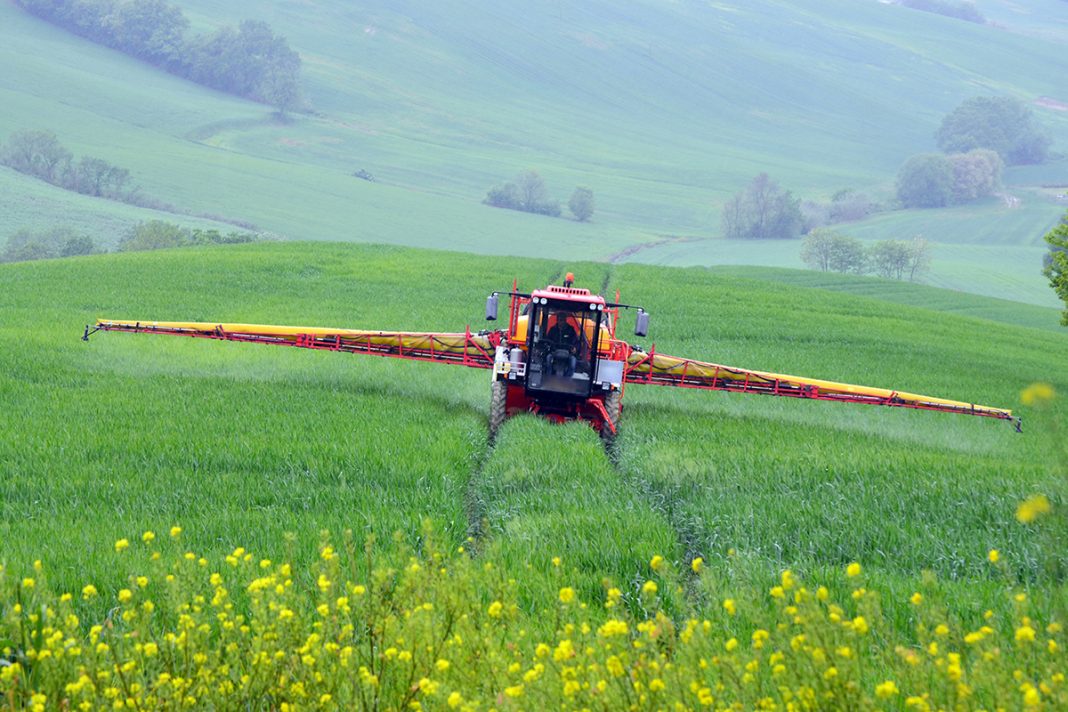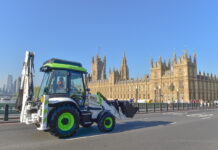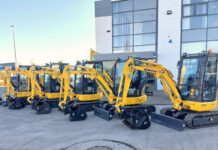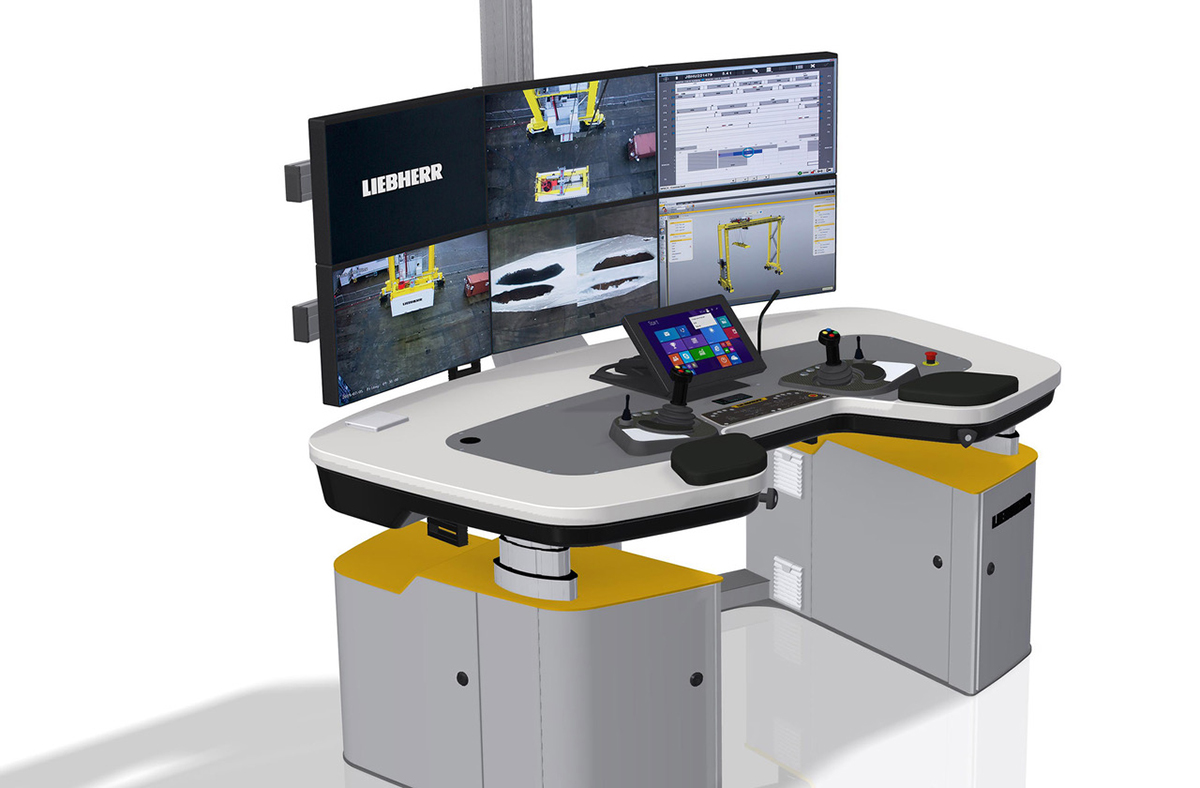The right tyre choice can help the operators optimize their work: whether on the field’s edge, between the close-packed rows of a vineyard or in a mountain orchard.
Correct sprayer use depends on numerous factors. These are particular items of equipment, with a much higher center of gravity than other agricultural equipment, but which, in addition to working in the field, must travel by road with very high loads.
Often operators working on these machines pass through narrow rows of vines, orchards, olive groves, fields with crops of various heights, located on very different types of soil, with different inclinations. Think of a high-altitude apple orchard, where, in addition to working in tight areas, the operator will have to face climbs, descents, oscillations due to the liquid being transported, uneven terrain, slippery or arid soil.
That is why in these environments driving safety becomes a variable that impacts overall vehicle performance. The latter depends on many factors, but also on choosing the right tire, depending on the type of work, the period and the set-up of the machine.
BKT, thanks to its experience in the field and constant dialogue with its users, offers both a series of tips for the comfort of the operator driving the sprayer, as well as a range of tires suitable for the type of performance required and the working environment.
Tips – tyre pressure.
Correct tire pressure setting is important to minimize discomfort while driving. In the case of crops that require row crop tires, BKT’s first tip is to use VF, i.e. Very High Flexion, tyres. These, in fact, have 40% higher load capacity at the same pressure as the same standard size. This gives the sprayer adequate load capacity, minimizing vibrations during transport. It will then be important to set the tire pressure on the basis of the total weight that the tires will have to bear.
Due to the reduced volume of these row crop tyres, BKT recommends more frequent checks than for other agricultural tires, which are generally wider.
Tips – Bouncing.
The bouncing effect is the hopping that occurs especially during road transport.
First of all, it must be said that this phenomenon is rare in row crop tires because of their side which, since it is not very high, rarely causes bouncing which is instead typical of standard tires.
However, if it should occur, it is important to perform an accurate analysis in order to identify the causes of this effect which may vary.
First of all, it can be triggered when the critical frequency of the tire, due to the speed, interferes with the frequency of the vehicle on which it is mounted.
To analyze it, it is necessary for a technician to intervene, equipped with instrumentation that can read the harmonics caused by the bending of the side of the tires. The latest generation tractors which exceed 30 km/h have adopted shock absorbers on the front axle that can absorb the critical frequencies of the tires and thus eliminate bouncing.
At low speeds, this bouncing effect can also be created by imprecise mounting of the tyres on the rim, or by small shape imperfections in one or two elements that make up the wheel.
When you add together these two imperfections, even if minimal, they generate a bigger problem that can give rise to bouncing. This phenomenon is resolved by matching the tire and the rim to compensate for the two imperfections. For this reason it is necessary to contact an expert technician who can eliminate the disturbance, also through a manual intervention.
Tips – Spaces and sizes.
The sizes and types of tyres mounted on sprayers are different, depending on the width and height that the vehicle must face to intervene on the different types of crops. In general, in the case of spraying along narrow rows, it is necessary to have tires of adequate width. If the spraying and weeding applications take place instead in a long open field – such as, for example, in corn crops, considering that the distance between the rows is 75 cm, it is necessary to mount tires whose width does not damage the rows. On other occasions, however, the most important parameter is the ability not to compact the soil, where it is then recommended to use larger volume tires that enable good load capacity and reduced tire pressure.
To each their own.
The range of BKT branded tyres for sprayers is wide and offers high performance. In addition to the benefits for operator comfort, these products make it possible to guarantee high performance in terms of vehicle stability, reduced soil compaction and traction, with consequent savings in time, fuel and money.
The distinctive feature common to all BKT products is durability.
BKT’s flagship is AGRIMAX SPARGO, a row crop line equipped with VF technology that allows more load at the same pressure or less pressure with the same load. Available in seven sizes, it is a versatile product, perfect both in the field and on the road thanks to a higher number of lugs that improve the uniform motion.
AGRIMAX RT 955is the radial row crop tire par excellence, available in 23 different sizes, ideal for applications on row crops and for spraying. Excellent load, traction and self-cleaning capabilities.
Similar features also for the AGRIMAX RT 945 model, available in eight different sizes and equipped with a narrow tread to protect crops. Its self-cleaning qualities also make it ideal for road trips.
Finally, AGRIMAX RT 855, available in 47 sizes, which can also be used for spraying and for combined road and field transport. It is a radial tire that combines high load capacity with low compaction.












